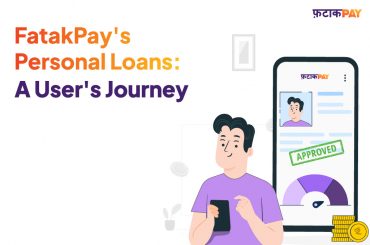Unified Payment Interface (UPI) allows secure digital payments. It is a convenient way of receiving and sending money without sharing bank account details. You can easily download UPI-enabled apps onto your smartphone from the Google Play and iOS app store.UPI can be used to make payments at retail outlets or initiate fund transfers.The official mobile banking apps of most banks offer UPI as a choice of fund transfer.
A traditional funds transfer requires details including the bank account number, branch address, bank name and IFSC of the beneficiary. Providing these details each time you want to initiate a transfer can be quite a cumbersome affair. UPI, streamlines the fund transfer process.
Features of UPI:
- Reliability: On account of being launched by the National Payments Corporation of India (NPCI), UPIs most salient feature is its reliability.
- Real-time transfers: The simple 2-step process used in these payments makes it easy for customers to enter the digital economy without having to think twice. As a result, basic daily-life activities are made simple and convenient.
- Inclusivity: UPI offers the option to conduct transactions without a smartphone or working internet. Consumers can send specific text messages to initiate the transactions. As a result, individuals belonging to all sections of society can enter the digital world. As many payment apps also offer instructions in regional languages, they make it even simpler for many people to be a part of this revolution.
- No minimum transaction limit: Payments as low as Re 1 can be made while using this payment mode. Unlike NEFT and RTGS payments, UPI does not have a transaction charge. This adds to the overall convenience of using these forms of payments.
So what is UPI Id?
UPI transactions are processed through a Virtual Payment Address (VPA) or the UPI ID. A UPI ID is a unique identification for a bank account that can be used to send and receive funds. UPI PIN is a 4-digit personal identification number that must be entered to authorise the transfer of money via UPI. The PIN can be chosen by the account holder.
Apps like Google Pay, PhonePe, PayTM etc., are some of the most common UPI-enabled apps in India, that allow you to send and receive money instantly. Then there is BHIM, the official app developed by The National Payments Corporation of India.
Furthermore, many banks also provide mobile applications through which you can transfer funds quickly. These apps are also UPI-enabled.
For a successful transaction, you need to know the UPI ID of the beneficiary. On confirmation of the ID of your beneficiary and other details such as the amount to be transferred, you need to key in the PIN, which you can create or change using your bank debit card.
UPI has made life easier, with money transfer literally at your fingertips. Sending or receiving money is not only quick but safe from data theft as well. You do not need to remember or share bank account details while initiating a transaction. All these attributes make UPI-enabled payments the most secure, seamless, and hassle-free transactions.







